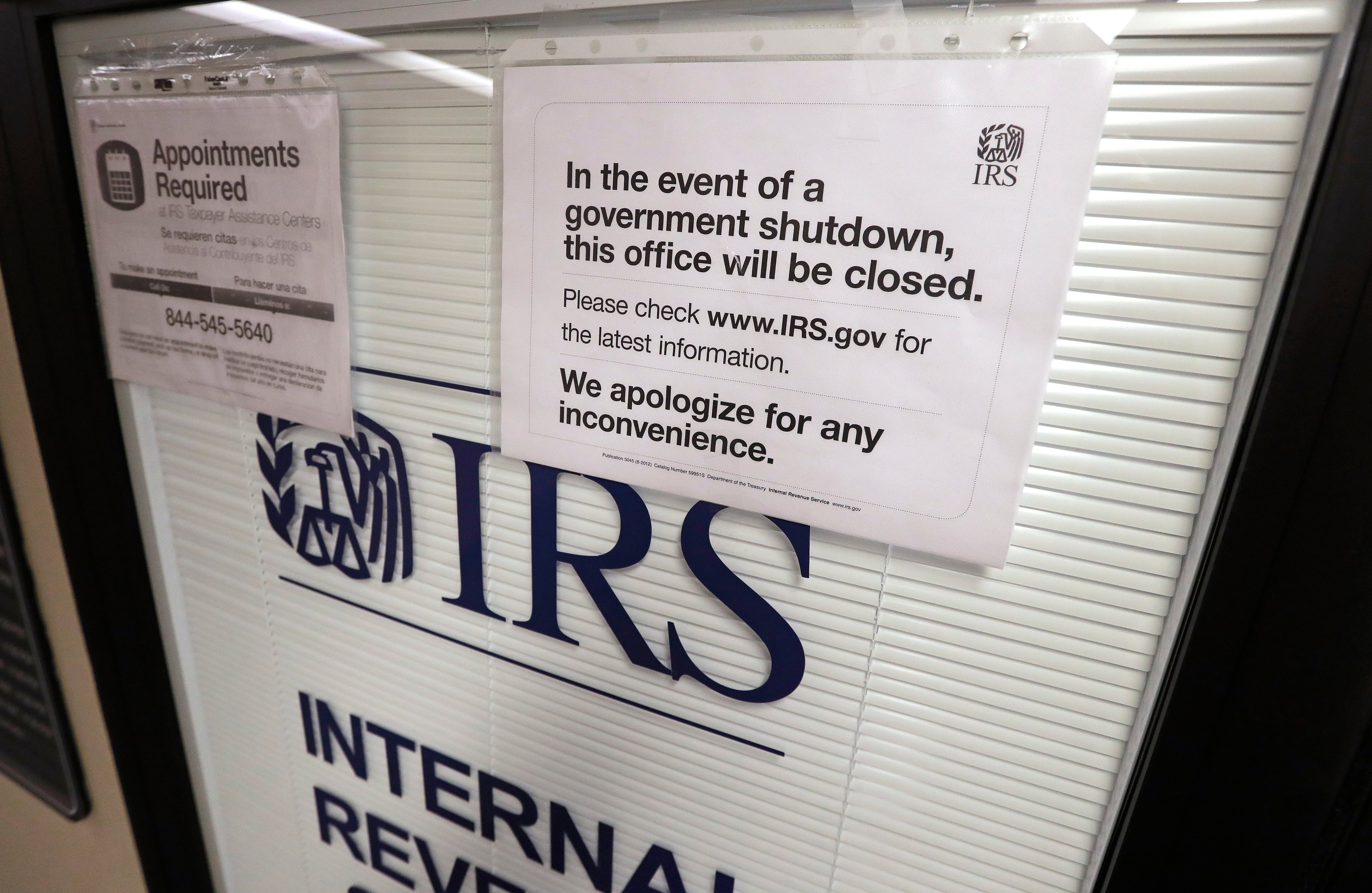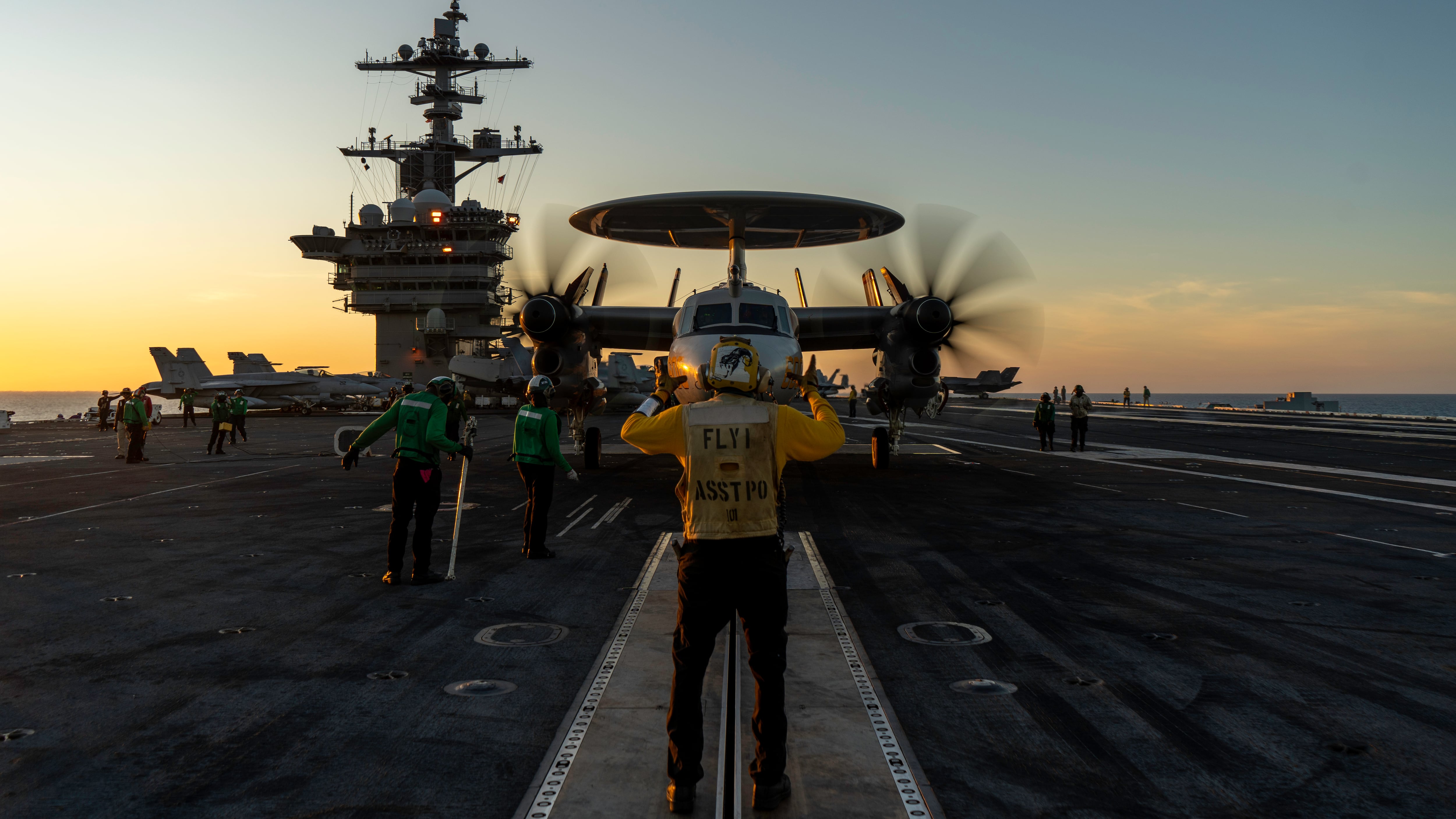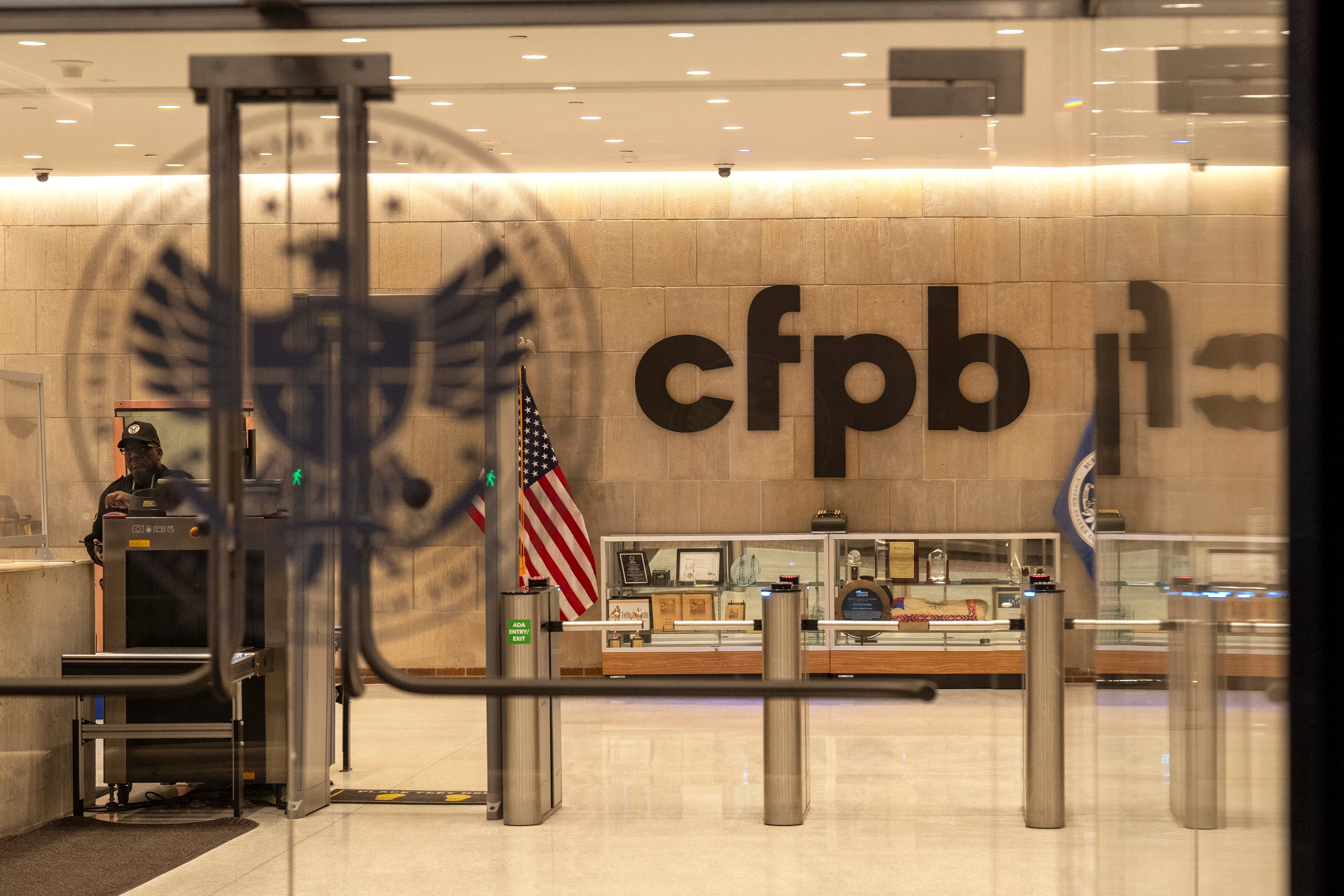The Pentagon has gotten intelligence that a senior terrorist leader will leave his compound and travel to a different city. A B-1 Lancer bomber is launched and flies into enemy controlled territory. It flies over the terrorist leader and…nothing happens. The bomber flies off, and the terrorist leader gets in his car.
It may be pointing out the obvious, but without actual bombs and munitions, the Air Force campaign against ISIS couldn't happen. That's why teams of airmen are working to build the ordnance that gets dropped during missions.
The 379th Expeditionary Maintenance Squadron Munitions Flight has been working on building bombs since July at Al Udeid Air Base in Qatar. Between July and the end of the year the team of airmen built a record 4,000 bombs; that comes to one every 7 minutes.
Air Force Times had the opportunity to speak with SMSgt. Gordon Comerford, the production superintendent and supervisor, about the unit's work in the fight against terrorism, and just how you actually build a bomb.
1. The parts
Nearly all bombs can be divided into three main parts: body, fuse, and tail. The body is the easiest to describe: it's the part that goes boom.
"That's where the big explosive charge is," Comerford said. "That's what you see when the bomb explodes."
On average, the 379th can build bombs (a.k.a. Joint Direct Attack Munitions, or JDAMs) anywhere from 500 to 2,000 lbs., Comerford said. The size is often determined by the bomb's intended target — is it hitting a jeep or a bunker? — and by the aircraft that will be carrying it.
Some munitions do require a higher degree of technical proficiency to build, Comerford said, but for the most part "on average most bombs are built in pretty much the same way."
But for that bomb to go off, something has to start it.
"In order to set that bomb off you have to have a smaller charge which is called a fuse," he said. "That fuse only goes off when a certain set of parameters are met."
Throughout history that's included things like a certain amount of time, a certain altitude, or when the bomb impacts a surface. The explosion of the fuse sets off the large explosion of the main body of the bomb.
2. Finishing touches at a record-setting pace
Finally, there's a tail on the bomb.
"For stability and guidance, our JDAMs have a tail kit, and the tail kit actually provides the guidance system and steers the weapons to the predestinated coordinates that we targeted," Comerford said.
In an era of precision-guided munitions, it's the tail that adds the "smart" to "smart-bomb," and contains the high-tech guidance systems.
During the 379th's current tour, they've produced about 4,700 bombs, which broke the previous record for a six-month deployment of about 2,400 bombs, according to a statement from the Air Force.
"Our airmen are technically proficient, they're super proud of the job that they do," Comerford said. "They can really turn out some munitions when needed. Right now we are turning out a bomb about every seven minutes."
He said the unit is currently primarily building bombs for the B-1B Lancer.
3. Safety
There's an inherent danger in working with an object whose sole purpose is to explode.
"Safety is a huge issue with any type of munitions," Comerford said. "Safety is our number one priority."
Airmen wear protective equipment like any person who's working with industrial hazards: safety goggles, gloves, hard hats.
But the unit also has to monitor where they store bombs, and how many explosives are packed together in a single space — just in case the worse happens and there's an accident.
"We monitor our net explosive weight very closely," Comerford said. "If you overload an area with too much explosives and if for some reason you have an accident of any kind, the potential for loss of life goes way up. So we monitor how much explosives we store in one location so that we keep everybody safe, so that event, if it were to ever occur, would be small."
When not in theater, munitions squadrons will build bombs for Air Force practice missions and training, in order to keep their skills sharp.
"There's never a time in a munitions airmen's life that he isn't building bombs so he keeps his proficiency at a very high level at all times," Comerford said.
4. Shipping the bombs out
Before any bomb leaves, airmen run a final check, "making sure that each and every component that comes out of our base is 100 percent correct," Comerford said. "We want our munitions to function exactly the way they were intended to."
"We do all kinds of quality checks," he continued. "We inspect each component prior to assembly to make sure that it's a good component before we put it into a bomb…After assembly we run it through another quality control check by a very seasoned NCO. Before that bomb ever leaves our base, it has 10 sets of eyes on it to make sure that it is 100 percent safe, 100 percent reliable, and will go to the intended target without deviation."
Then the munitions are loaded on to specialized trucks.
"Those trailers are configured so that they accept a certain type of bomb," Comerford said. "Someone comes and looks at that trailer to make sure that it is strapped down and safe to transport. Then we transport those trailers to the flight line, and then ultimately to the aircraft for loading."
5. Flares and Chaff
But bombs aren't the only thing the 379th is building. They're also supplying flares and chaff countermeasures for B-1, C-130, and C-17 aircraft, as well as any F-15s and F-16s that need them.
"Chaff and flares are a rather simple build," Comerford said. "There are less components to a flare or a stick of chaff … there is no torquing torqueing components, there are fewer components, it takes less time to produce."
They're mostly just explosive material designed to burn bright and hot, with an initiator for launching the flare or chaff outward from the aircraft.
"Overall it's just a more simple job," Comerford said.
6. The fight against ISIS
The 379th keeps a ready store of munitions so Air Force leaders have quick access to any bombs needed for a mission.
But at the high ops tempo of the fight against ISIS, most bombs made don't have to wait long to be dropped.
"Our average build [time], from the day that we build a munitions till it gets dropped is about 30 days at this point," Comerford said.
The fight against ISIS has seen a longer bombing campaign than many previous conflicts.
"We've had a lot of engagements over the history of the Air Force. This pace of building precision guided munitions or JDAMs is significantly greater than past smaller engagements," he said. "We build and we have built a lot of munitions for conflicts, but generally those conflicts are short in duration, or the bombing campaign isn't as sustained as what we've done here."
But Comerford said "it means a lot to me and my airmen" to be involved in the fight against ISIS.
"We're well trained, highly proficient in what we do," he said. "They're very excited, very happy to contribute to the work that's going on in this theater right now."
Phillip Swarts can be reached at pswarts@airforcetimes.com and you can follow him on Twitter at @PFSwarts.




